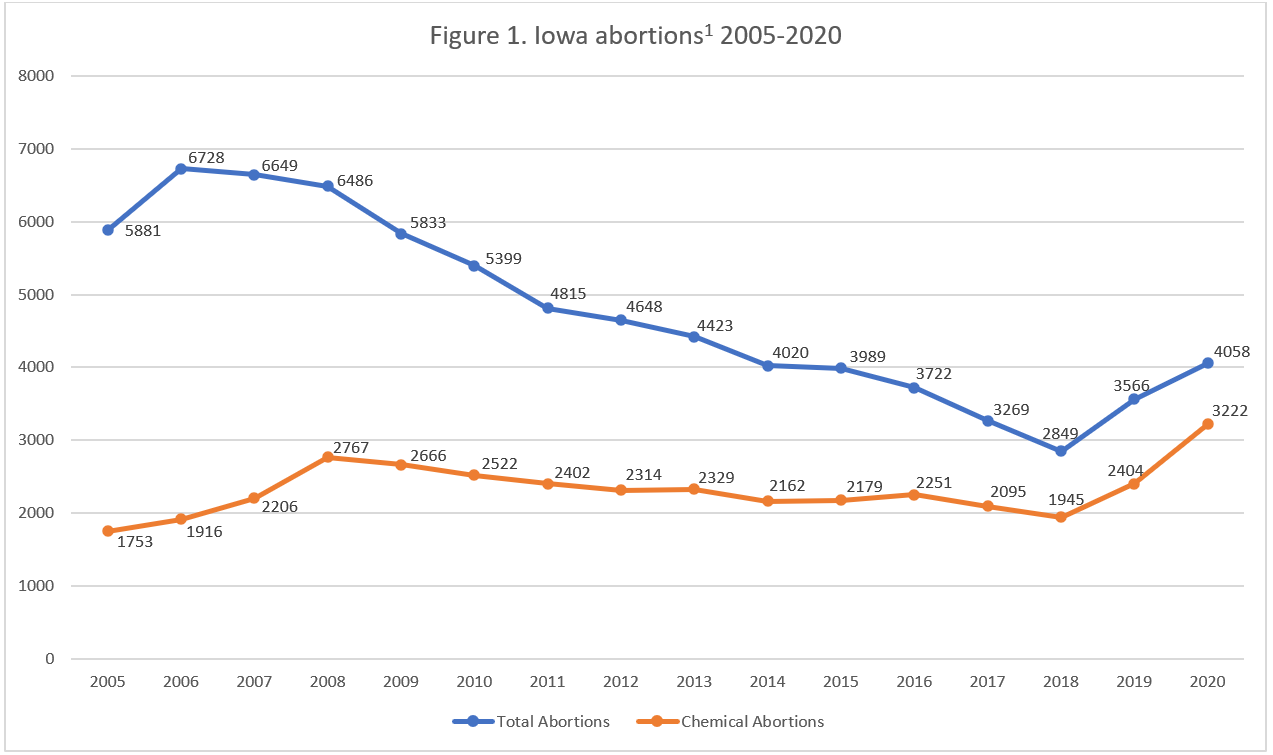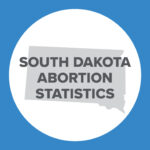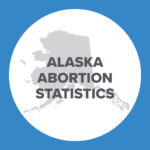Abortion Reporting: Iowa (2020)
Iowa’s 2020 vital statistics report, which includes the state’s abortion statistics, was published online by the Iowa Department of Public Health in November 2021.
Changes in Iowa Abortions, 2019-2020

The report does not include information on Planned Parenthood’s Iowa abortion market share.
Abortion Totals and Trends
There were 4,058 abortions reported in Iowa in 2020, up 14 percent from 2019 (Fig. 1). Chemical abortions jumped by 34 percent, making up 79 percent of the total in 2020, up from 67 percent in 2019. The Charlotte Lozier Institute (CLI) estimates that Iowa’s abortion rate increased by 14 percent to 6.8 abortions per 1,000 women ages 15 to 44, still lower than the national rate (Fig. 2). As of May 2022, 29 states had released 2020 abortion reports; 19 states reported that abortions increased from the previous year.
State Report Summary
Eighty-three percent of Iowa abortions were performed on resident women, while 17 percent were obtained by nonresidents. Ten percent of the abortions were performed on girls younger than 20, including three percent on girls under the age of 18. Twenty-nine percent of Iowa abortions were performed on women ages 20 to 24, and 28 percent were performed on women ages 25 to 29. Another 29 percent occurred to women in their thirties, and three percent were performed on women ages 40 and older.
A majority of Iowa abortions, 70 percent, were obtained by white women. Nineteen percent were performed on African American women, and four percent were on Asian women. One percent of the abortions were performed on Native American women, while three percent were on women of other races and two percent on women of multiple races. Race was not reported for two percent of the abortions. CLI estimates that Iowa’s white abortion rate was 5.4 abortions per 1,000 women ages 15-44, less than a quarter of the black abortion rate (25.5 abortions per 1,000 women ages 15-44).
Over half of Iowa abortions (52 percent) were performed on women who had completed at least some college, and 45 percent were on women with nine to 12 years of education. Less than one percent of the abortions were obtained by women with fewer than nine years of education, while education status was not reported for two percent of the abortions. Eighty-five percent of Iowa abortions were on unmarried women, while 15 percent were on married women. Marital status was not reported for six abortions.
A large majority of Iowa abortions were chemically induced (79 percent). Twenty-one percent were surgical, and one abortion was performed using some other means. Ninety-five percent of the abortions reported in Iowa occurred in the first trimester at or before 13 weeks of gestation. Five percent of the abortions were performed between 14 and 28 weeks of gestation. No abortions were reported in the third trimester at 29 weeks of gestation or later.
The month of December had the most abortions (402), while August had the fewest (268). Abortion totals held steady all year, showing little change from month to month. However, potentially as a result of the pandemic, surgical abortions decreased dramatically in April while chemical abortions increased. Surgical abortions rebounded slightly in May but remained far lower than chemical abortions.
Telemedicine Abortion in Iowa
Planned Parenthood first began experimenting with telemedicine abortions in Iowa in 2008. This enabled Planned Parenthood to turn all its locations into abortion centers by permitting abortion providers to see patients via a video call. A woman would visit one of Planned Parenthood’s centers for an ultrasound and exam. She would speak with the abortion pill provider via videoconference, who would then remotely unlock a drawer containing the abortion pills.
In 2013, the Iowa Board of Medicine amended the administrative code to end telemedicine abortions by requiring in-person dispensing and a physical exam. Planned Parenthood sued. A lower court upheld the rule, but Planned Parenthood appealed to the Iowa Supreme Court, which overturned the rule in 2015.
In 2020, another Iowa abortion center, the Emma Goldman Clinic, joined an abortion-by-mail clinical trial designed to bypass FDA regulations requiring that the abortion pill be dispensed in person. That same year, a court blocked the FDA’s in-person requirement, and in early 2021, the FDA announced that it was not enforcing the in-person requirement for the duration of the pandemic. In December 2021, the FDA formally removed the in-person requirement, making abortion-by-mail permanent.
Unlike Planned Parenthood’s original telemedicine abortion program, under FDA regulations, women need not visit a clinic at all. Instead, abortion pills are available without a physical exam or any face-to-face interaction with a medical provider or clinic staff. However, due to Iowa law, women undergoing abortions must be provided with an ultrasound. Online abortion chain Carafem provides women with a list of locations from which they may obtain an ultrasound before scheduling a video appointment with Carafem and receiving their abortion pills through the mail. Additionally, some international websites make abortion pills available through the mail in violation of federal regulations and state law.
State Ranking
In 2016, Iowa tied for 33rd best in CLI’s review of abortion reporting across the country. Iowa has worked to strengthen its reporting since then, but the Hawkeye State could still make improvements. Iowa could report gestational age with more specificity, as CLI has previously recommended. Additionally, Iowa could collect and report abortion complication data, particularly from emergency rooms and other urgent care settings. Chemical abortions have higher rates of complications and emergency room visits than surgical abortions, and as chemical abortions make up a larger and larger share of Iowa abortions, chemical abortion-related ER visits are likely to increase.


- Rates were calculated by CLI using the following formula: (total number of abortions performed in Iowa ÷ number of resident women ages 15-44) x 1,000. Rates may differ slightly from previous CLI articles due to revised population estimates. Population estimates were obtained from the CDC WONDER database.
Percentages may not add to 100% due to rounding.


























